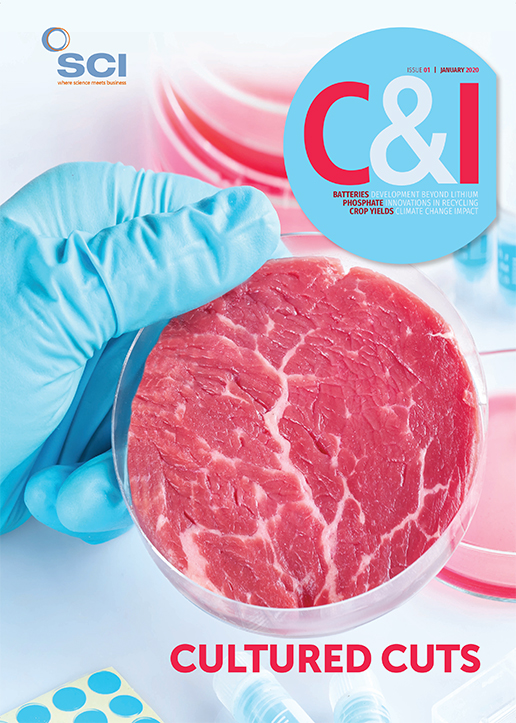Researchers have discovered a better way to scrub CO2 from smokestack emissions. The international collaboration searched a library of 350,000 metal-organic frameworks (MOFs), to find structures for capturing CO2, but not water. From a shortlist of 30 MOFs, they synthesised and tested two (Nature, 2019, 576, 253).
Water and CO2 compete for the same sites on carbon capture molecules. Flue gases can be dried, but this adds expense. Data mining identified MOFs with the strongest CO2 binding sites, even in the presence of nitrogen and water. ‘Then we used pattern recognition software to see what the characteristics of these materials were,’ explains Berend Smit at École Polytechnique Fédérale de Lausanne (EFPL) in Switzerland, who led the research.
Benzene rings separated by 7Å were optimal to fit CO2, but not water. ‘Then we generated a second library geared towards what the experimentalists were saying could be made,’ says Smit. The two MOFs made performed well in subsequent experiments, outperforming CO2 removal materials currently on the market such as activated carbon and zeolites.
MOFs consist of metal nodes connected by organic linkers, producing a porous crystalline framework. Nodes and linkers can be altered and millions of potential materials generated. Today, a modern carbon capture plant relies on liquid amines, first used to absorb CO2 from natural gas in the early 20th century. ‘Flue gases contain oxygen so amines slowly lose their potential to capture CO2. You need to replace them with a new solution,’ Smit explains; also, amine solutions are corrosive and costly.
Flue gas composition varies in a steel plant, waste incinerator or a cement plant. With MOFs, ‘you would be able to tailor the material to be optimal for separating out CO2,’ Smit says. Zeolites are a potentially competing technology, however, they are all made from silicon oxide and do not have the same tunability of MOFs.
All these efforts, however, will be useless without a carbon tax, according to Smit: ‘So long as people can put CO2 in the air for free, this technology will never be used.’
According to Ben Anthony, carbon capture expert at Cranfield University, the paper succeeded in identifying ‘materials, which could capture CO2 in the presence of water,’ but this is not enough for practical applications.
‘They must be synthesised at the thousands of tonnes level, they must survive typical conditions in flue gases, including the presence of SO2, and ash components, and most importantly they must be very cheap.’
He doubts a new technology can be commercialised soon enough to prevent the extra 600Gt of CO2 that would lead to more than 1.5 to 2°C warming. ‘We are pumping out about 40 Gt of CO2, so we have maybe 15 years to go,’ says Anthony.





